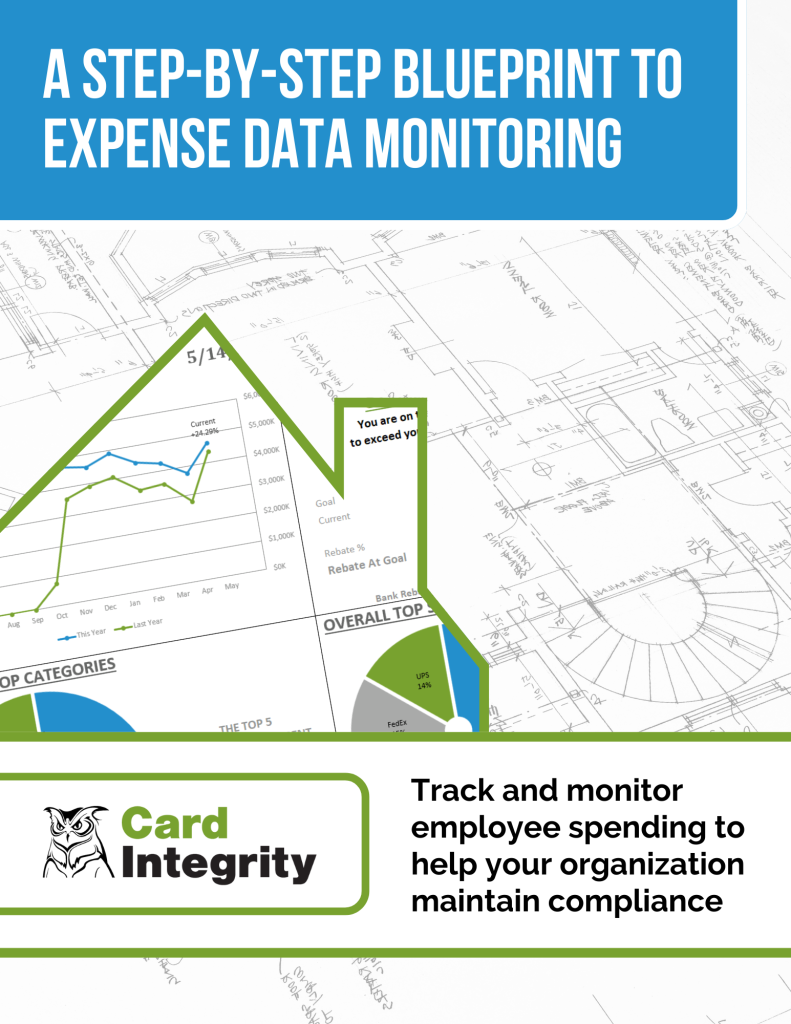Combatting overspending is one of the most important jobs of any finance professional, whether their specialization is in procurement, sourcing, card administration, or similar. Overspending commonly slips through the cracks, and there are several ways that it happens.
There’s no doubt that your financial state represents the well-being of your business and that overspending severely damages its health. To address this important concern, we’ve created a series of five articles on how to conquer overspending and control costs. In each article, we offer solutions on how to stop the bleeding of your company’s life source — its money — and save on your expenses as much as possible.
Five ways companies overspend
First, in order to stop the bleeding, you’ll have to locate the source. So let’s take a look at various ways companies overspend. See if you can recognize your own company’s spending behaviors in any of these scenarios listed below. Each of these sections correspond to a separate article describing the topic even more, so feel free to click the headings to read those articles in full.
Going over spend limits
It might seem a little obvious to say: “Overspending will cause your company to overspend.” But solving spend limit breaches needs to go deeper than that.
By identifying spend limit breaches as a problem, there’s an assumption that you have taken the first steps in eliminating that sort of overspending. You’ve created a budget, and you’ve accordingly defined spend limits in your written policies and procedures. Perhaps you’ve even placed hard spend limits on your P-Card and Travel Card accounts.
If you haven’t taken these first steps, that’s a problem that needs to be immediately addressed.
But if you have and the breaches persist, then you’ll need to identify and address the reasons why employees fail to adhere to your spend limits.
One reason might be that purchasers fail to fully understand the policies. Another might be that they aren’t aware that such policies exist. And even if they are aware, the rules governing the various spend limits for both payment methods and merchant categories might be hard to remember and just as hard to follow.
Spending money without approval
There’s always at least one person within a company who thinks the rules don’t apply to him or her. That person might materialize as the “maverick” or “rogue” spender — turning your company’s transactions into the wild, wild west, where everything goes according to his or her plans, rather than the company’s.
This employee spends company money without any approval or authority to do so. There is no contract. There has been no OK from management. In fact, there might not even be knowledge of the expenditure, beyond the employee and the vendor involved in the transaction.
But go through with it, the maverick spender does — no one’s going to tell him or her what to do and how to do it! Meanwhile, the cash mysteriously flows out of your business.
Using the wrong suppliers
Your business might have affiliations and contracts with specific suppliers who offer your company special savings because of those partnerships. But your employees aren’t using them. Instead, they’re working with vendors that they’ve personally chosen.
Maybe these vendors are superior in their eyes. Maybe these vendors are giving these employees a kickback. Maybe your employees mistakenly think that these vendors are the only suppliers of the desired products.
Or, probably more often than not, your employees simply don’t know any better. They aren’t aware that these affiliations and these savings even exist. So it’s business as usual for these employees — and a lost of savings for your company.
Find out more about the risk of not going with preferred suppliers in our article, The Price to be Paid for Ignoring Preferred Suppliers.
Failing to improve relationships with current vendors — or find better ones
It’s important to create relationships with your vendors that encourage not only income for them but a reason for you to keep using them.
Perhaps your suppliers can create discounts for your continued patronage. Or, perhaps, there are other suppliers that exist that would be glad to create a program that thanks you for your continued loyalty.
However, finding out takes initiative on your company’s part — rather than relying on vendors to come to you.
Lacking proper visibility and control of spend
If knowledge is power, then ignorance is an equally serious weakness for a company. If you aren’t watching the money, then there’s a good chance that it’s being spent inappropriately. Someone needs to be minding the proverbial store.
Many companies use purchasing cards for the benefit of being able to keep a closer eye on the transactions that occur, and the money being spent. But that benefit is completely lost if no one is doing the watching.
How to end overspending
The good news is that strong internal controls can identify and eliminate overspending. We know where overspending tends to occur, what leads to it, how it slips through the cracks… the trick is combing through the data to find it. Depending on industry, there are a few specialized things you can do as well, such as in healthcare. Download our free Step-by-Step Blueprint to Expense Data Monitoring below to to help boost compliance, deter fraud, and communicate spend data insights. It can help you get your expense monitoring program off the ground if it doesn’t really exist yet, or fortify it if it needs some help.
Article originally published October 2019. Updated February 2025.









